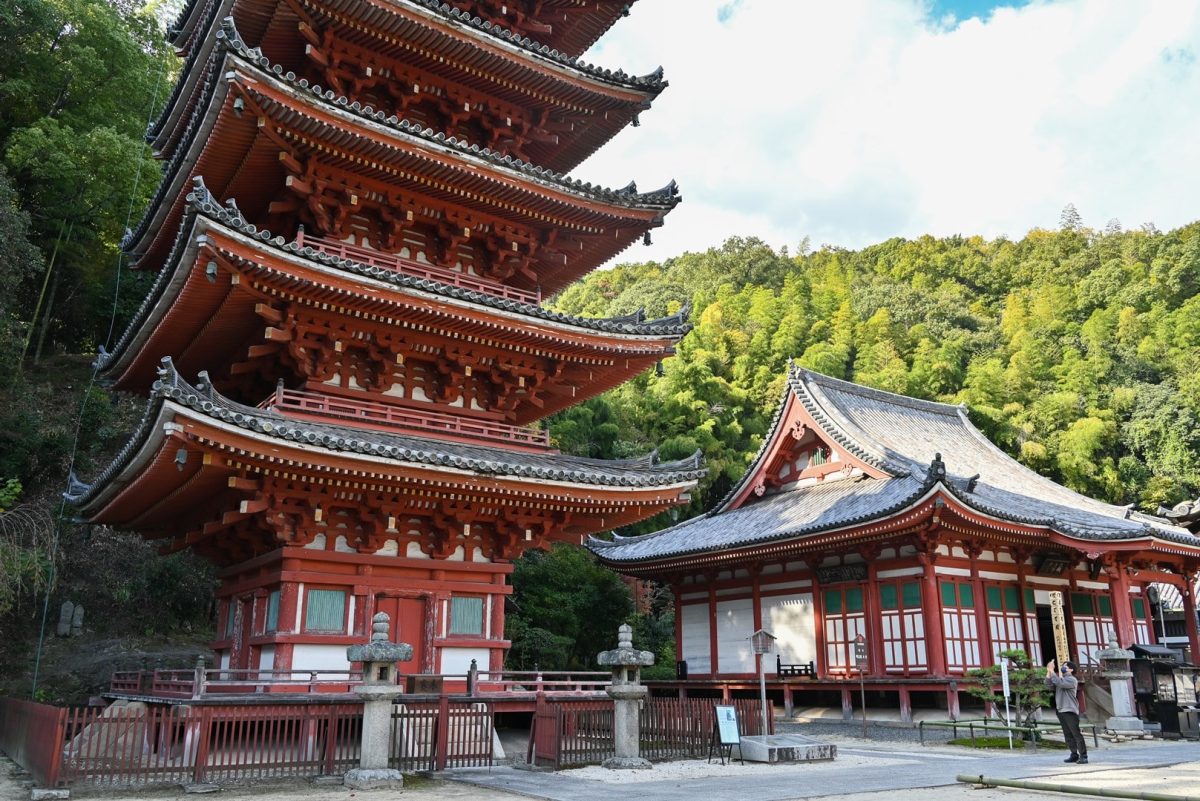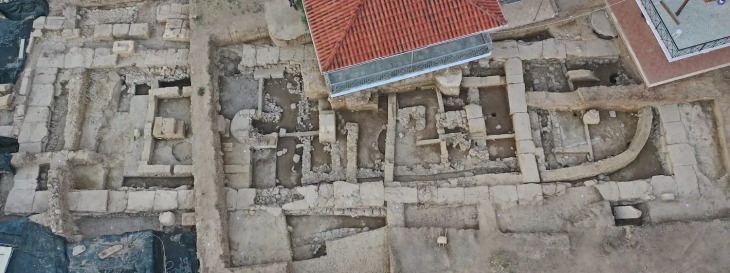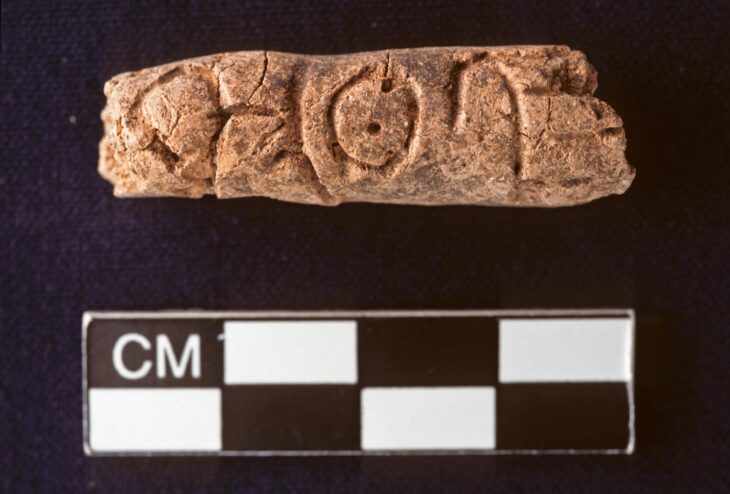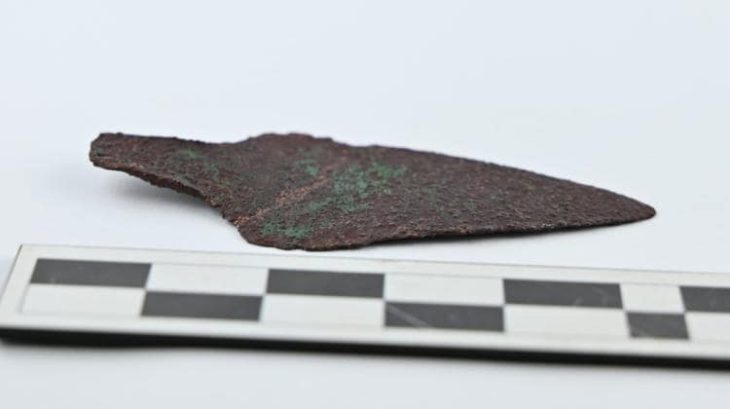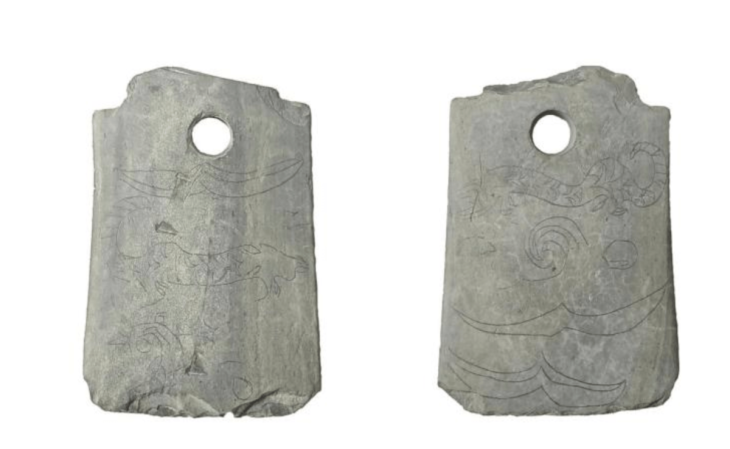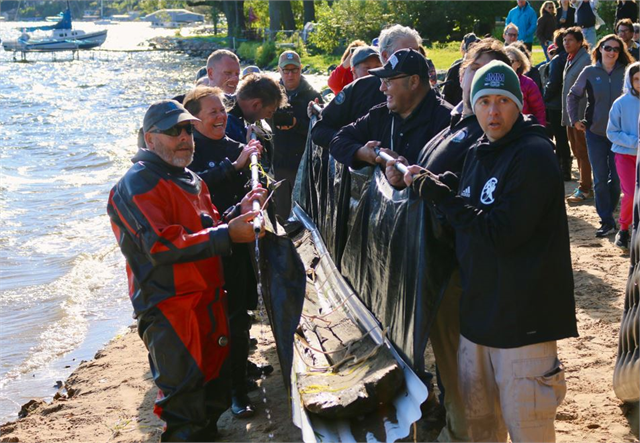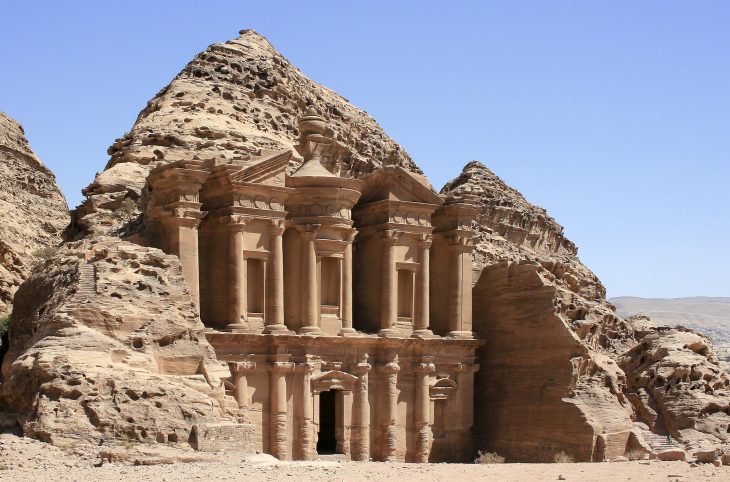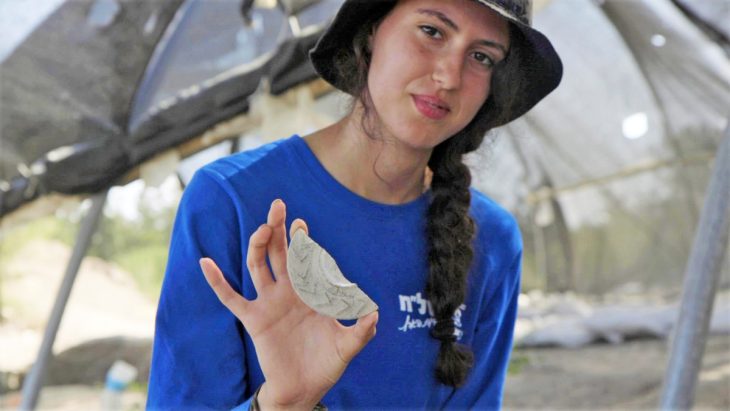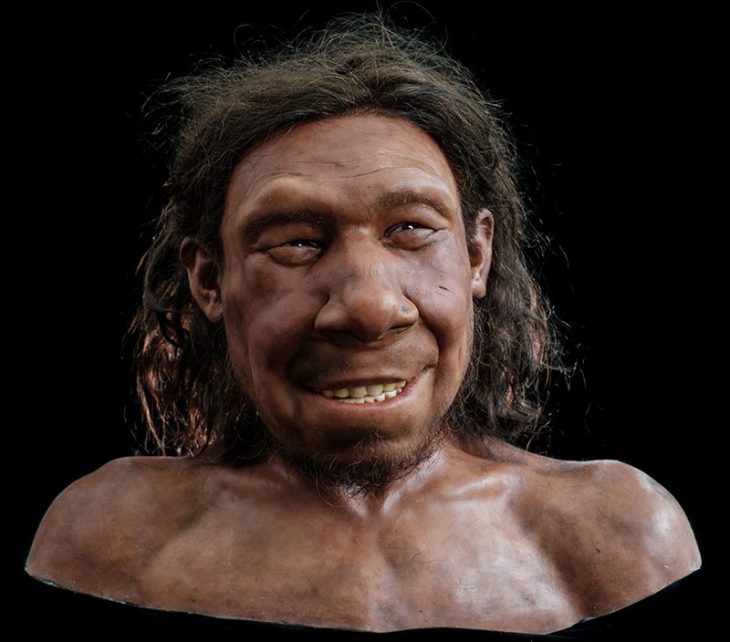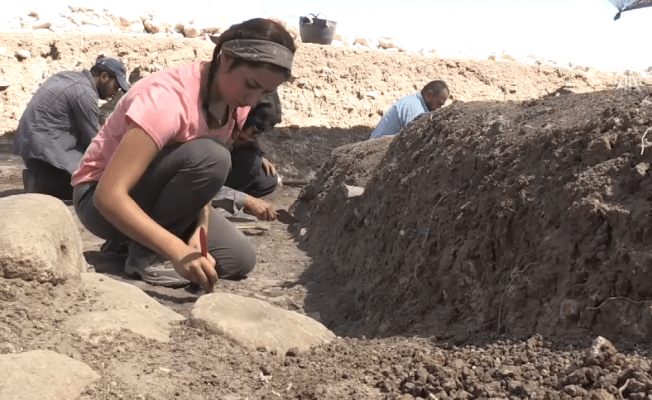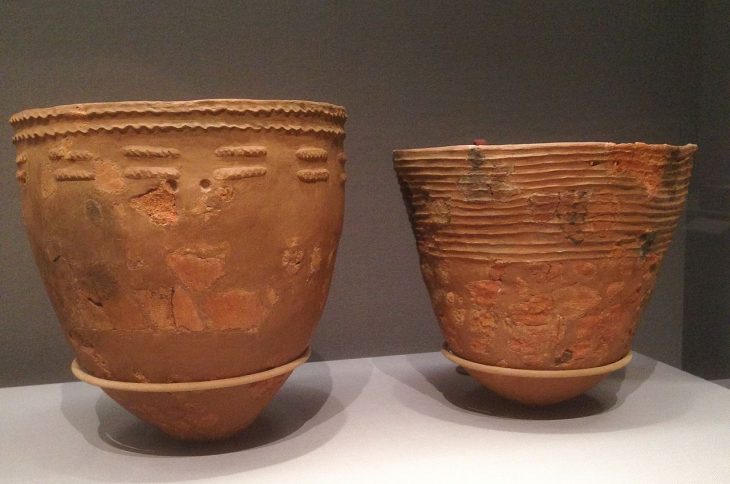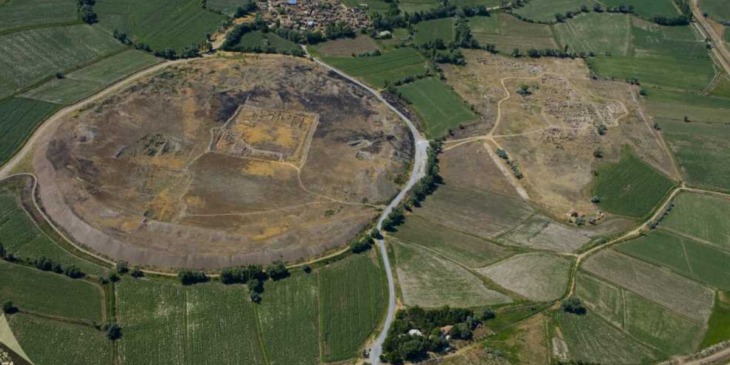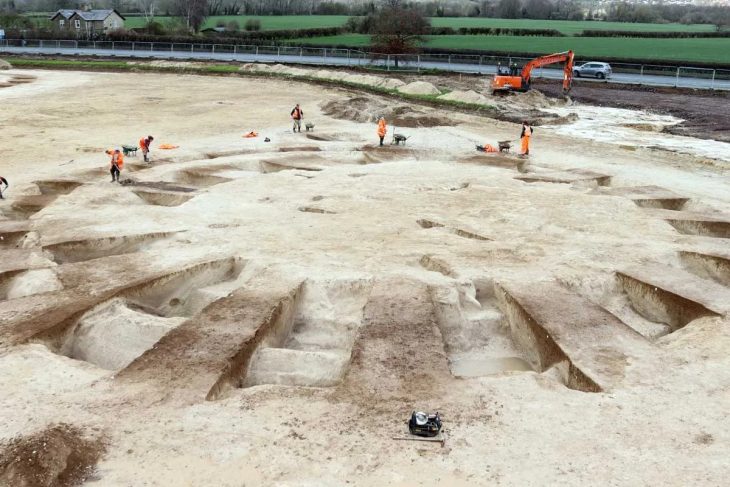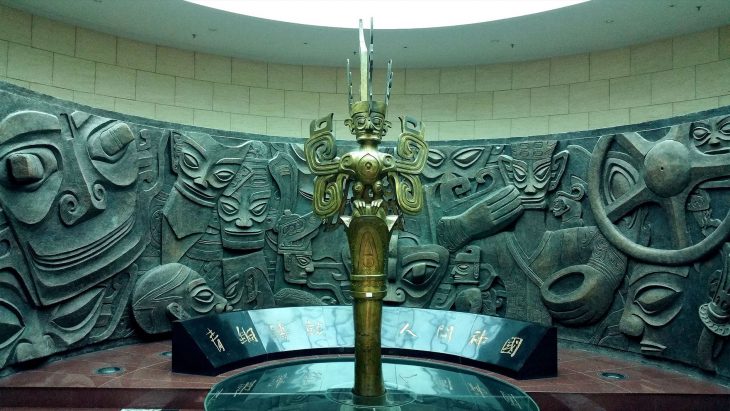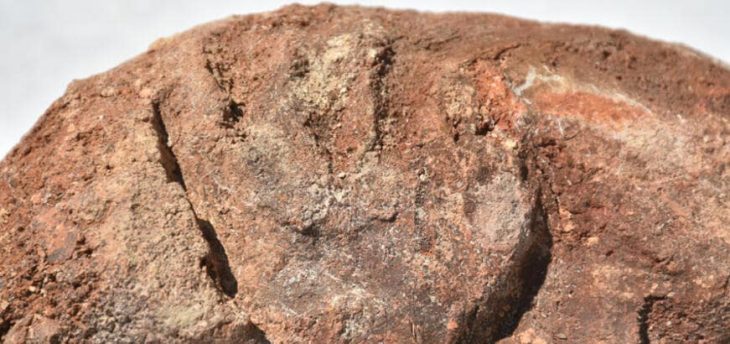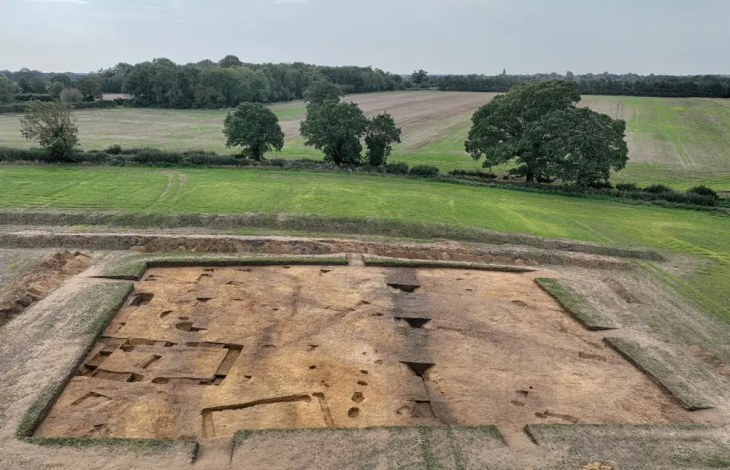The carved head of an ancient Buddhist statue hidden in the Myooin temple in Fukuyama, Hiroshima, Japan, has revealed pages of traditional “washi” paper decorated with images of the revered religious figure.
Washi is a traditional Japanese paper. Washi paper has a history spanning over a millennium. It got worldwide recognition in 2014 when Washi paper was included among the oral and intangible heritages of humanity by UNESCO. It is known for being tear-resistant and translucent, with a pleasant texture. In Japanese culture, it was used for arts such as origami, shodō, calligraphy, and ukiyo-e.
Myoo-in Temple has announced the results of an investigation into the paper found in the head of a Buddhist statue that is the principal image of the five-storied pagoda of Myoo-in Temple, a national treasure.
The discovery followed the dismantling of the Maitreya statue, designated as an important cultural asset by Hiroshima Prefecture, for repair work.
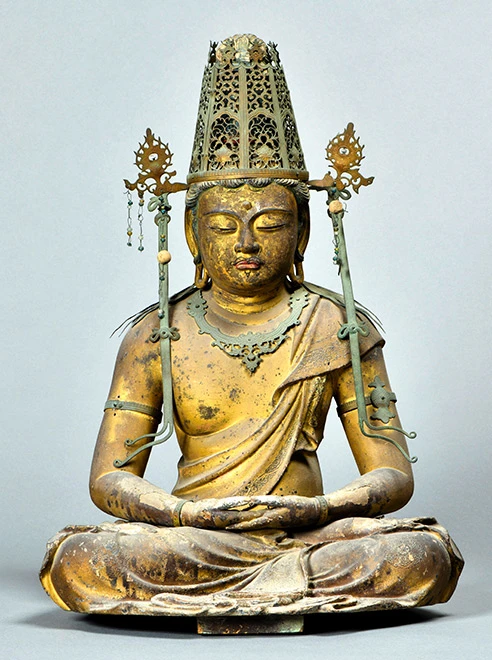
Three types of paper came out of the Buddha statue. Each piece of paper ink image has the three bodies of Shakyamuni Buddha, Yakushi Nyorai (Bhaisajyaguru), and Jizo Bosatsu (Kṣitigarbha). Images of the three figures made with seal stamps cover nearly every inch of space.
One consists of ten sheets of washi, each measuring 23 centimeters by 16 centimeters and tied together with paper string. Each washi is distinguished by numerous stamps with ink images of Buddha, Bhaisajyaguru, and Ksitigarbha standing next to each other.
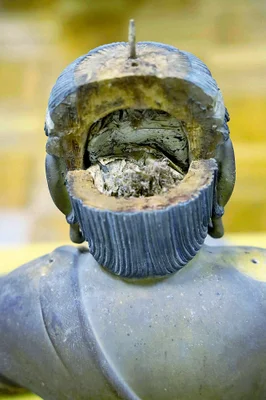
Another consists of a stack of smaller sheets of paper imprinted with Buddhist images. The third was a single piece of paper with a Buddhist pattern and some characters on it.
A representative from Fukuyama’s cultural promotion division stated that an ink image of Buddha frequently depicts a single figure that is stamped repeatedly. Three figures incorporated into a single seal at the same time is unusual.
A representative of Fukuyama’s cultural promotion division noted “The three represent the three worlds of the past, the present, and the future,” he added. “We still have much research to do.”
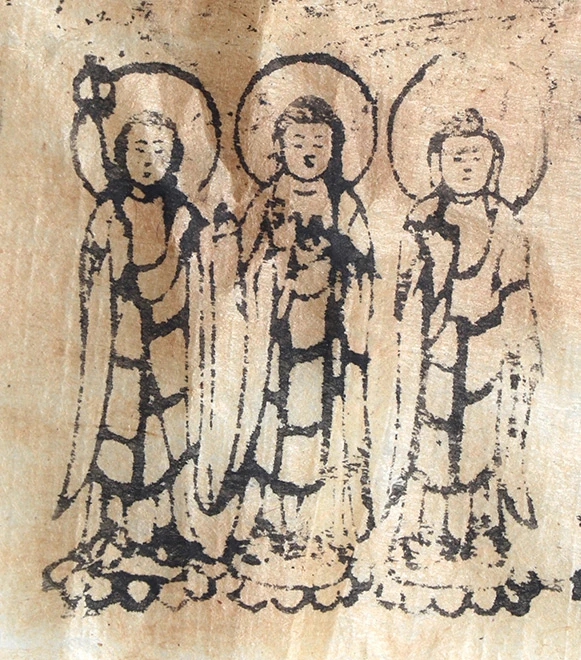
The Myoo-in Temple is said to have been founded in 807 by Kobo Daishi (774–835), also known as Kukai, a Japanese Buddhist monk, and calligrapher. Myooin’s five-storied pagoda (known as Jofukuji Temple until 1600) was built in 1384.
The wooden seated statue sculpture is the temple’s main point of worship. The temple, located in the Kusadocho district, is affiliated with the Shingon Buddhist sect.
Temple officials believe the seated statue was created around that time and delivered to Myooin to celebrate its completion in 1348. This raised expectations that the discovery would shed light on the circumstances surrounding the wooden pagoda’s construction 676 years ago.

